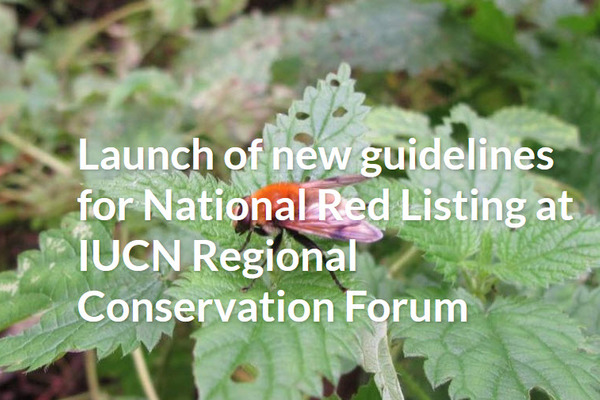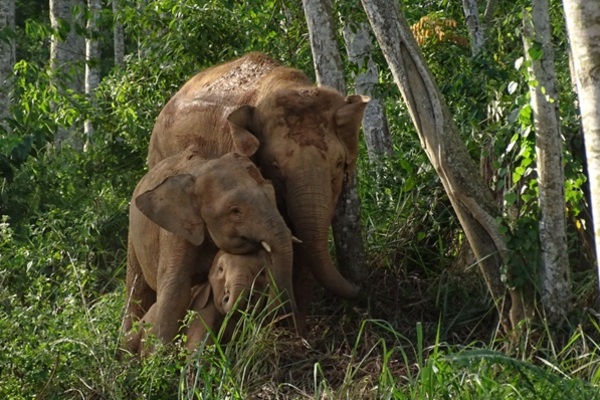
IUCN SSC Guidelines for Establishing a National Red List Programme
As countries report on species trends as part of their commitments towards the Global Biodiversity Framework, the newly published "IUCN SSC Guidelines for Establishing a National Red List Programme" will support practitioners to develop national Red Lists around the world.
Read the full article on IUCN National Committee of the Netherlands


